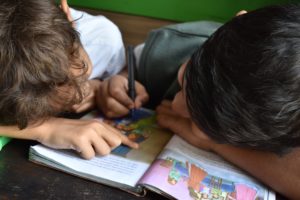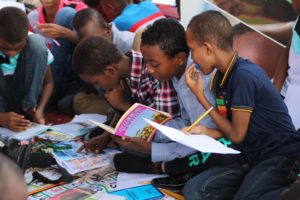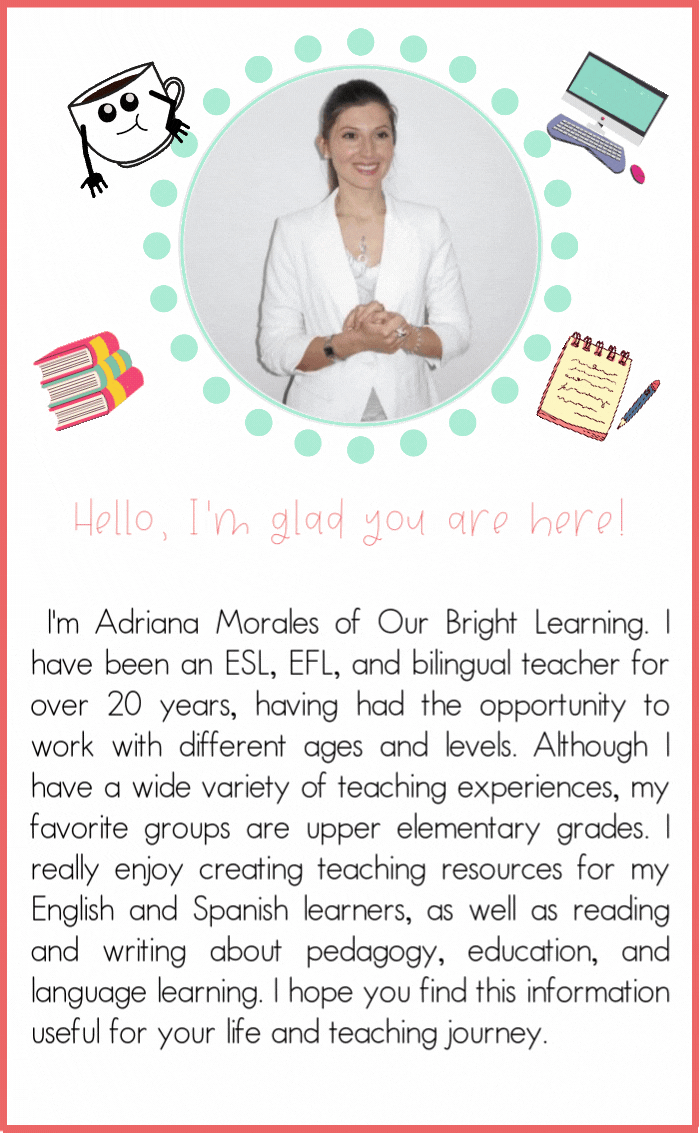How to Choose Authentic Material for Your Young ESL and EFL Students.
Authentic Material
Hi friends, as I mentioned in our previous blog, the frequent use authentic material is a must in our ESL and EFL lessons since it not only develops listening but also grammar, vocabulary, pronunciation but more importantly “learner’s confidence”.
In that order of ideas anyone would say that any type of authentic material is suitable to teach our learners, but as you can imagine, nothing could be further from the truth. There are some criteria we must think about before selecting the material for our children.
According to Dumitrescu (2000) it is relevant to think about three main aspects related to the learner’s background: the linguistic, the conceptual and the cultural.
Photo downloaded from freestocks at Unsplash

Linguistic Background: as a teacher you must bear in mind the learners’ proficiency level, you might not pick a very advanced or complex material but not a very basic one either. The piece of material chosen for your ESL and EFL lessons must be challenging but at the same time understandable. It must be demanding but also provide a sensation of accomplishment and improvement; otherwise, it would be frustrating and useless. To do this, you must try to find the perfect equilibrium between the challenge and accomplishment sensations. If necessary, be ready to pre-teach vocabulary or introduce pronunciation characteristics such as connected speech or unnatural pronunciation.
Photo taken by Andrew Ebrahim from Unsplash

Conceptual Background: you must reflect about the knowledge your students have about the target topic. Are they prepared to discern this information? Are they ready to learn this? Do they have enough previous knowledge on this? Should I pre-teach some concepts before working on this material? Should I ask my students to listen/read for the gist or to look for specific information? All these questions must be asked before selecting the material.
Photo taken by Ismail Salad Osman Hajji dirir from Unsplash

Cultural Background: you must think about the type of population you are working with. You must consider the social context the students are immersed. Study your students beforehand. Where do they come from? Where do they live? Who do they live with? Do they live with both their parents? You must also analyze the materials you want to use. It is relevant to identify if the material might offend your learners’ sensibilities and avoid this type of content at all cost.
Photo taken by Chelsea Aaron from Unsplash

In addition to this, the author also points out at two more elements that must be analyzed before the material selection. These elements are applicability and adaptability.
Applicability: it is necessary to find an equilibrium among the learners’ reality, their interest and the oral/ written text presented to them. The following are questions that can help you deciding if an oral text is applicable to your group:
-
Is this meaningful for my students?
-
Are the language and register appropriated to their level and age?

Photo take by Andy Kelly from Unsplash
Adaptability: in my opinion one of the most important ones. The adaptability has to do with the flexibility the chosen material has to create appropriated tasks for your learners. Material that allows you to create a wide and varied range of games and activities related to any of the skills and sub-skills you want to develop in your learners.






Discussion about this post